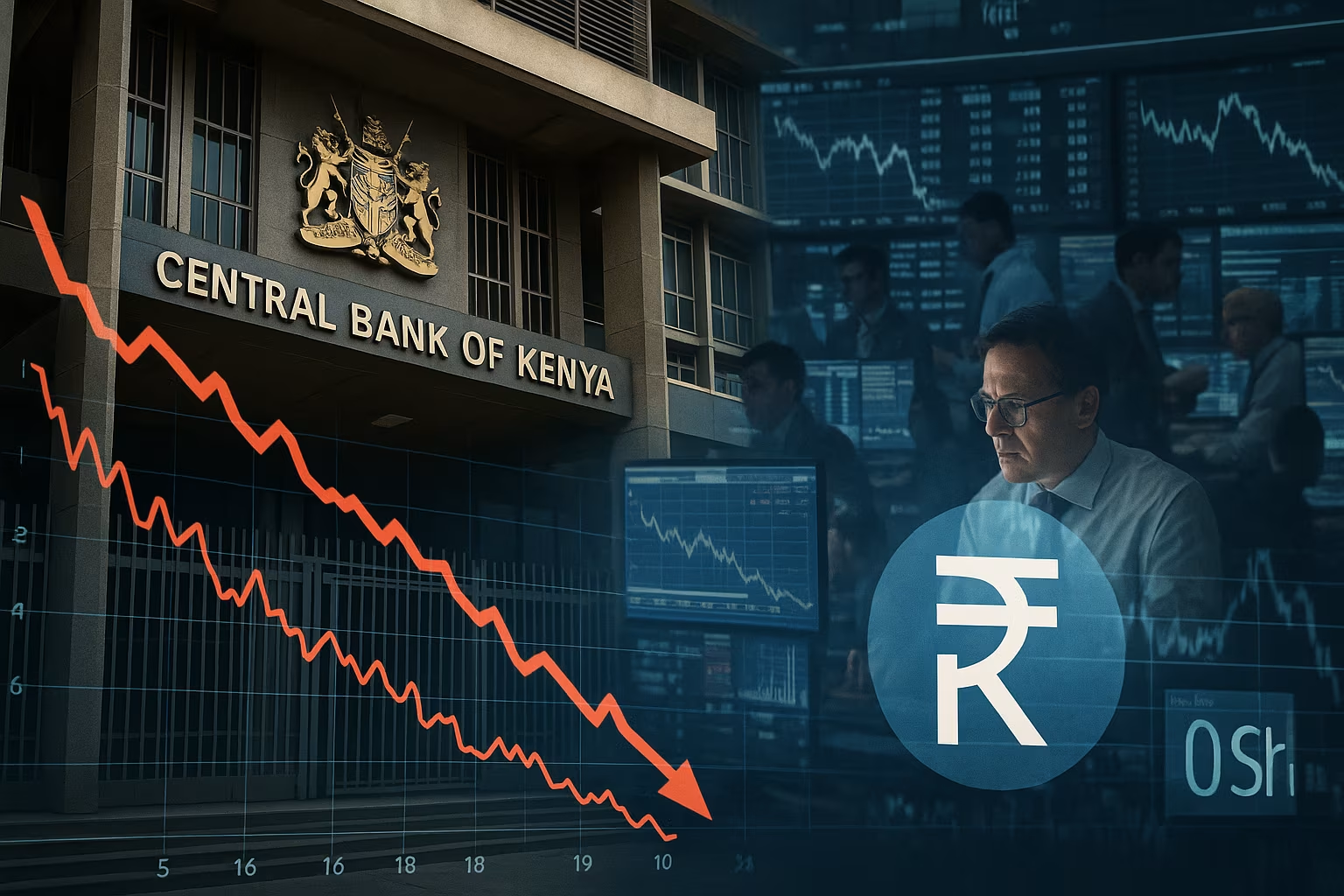Kenya’s financial markets are experiencing a notable shift as domestic debt rates continue a downward trend, offering much-needed relief to the government and private sector borrowers alike. After months of elevated yields that strained public finances and tightened credit conditions, investors are now anticipating that the decline in domestic rates may extend further in the coming weeks. This trend reflects changing dynamics in liquidity, investor sentiment, and fiscal management—factors that together could reshape the outlook for East Africa’s largest economy.
Recent Decline in Domestic Debt Rates
In recent weeks, yields on Kenya’s domestic debt instruments, including Treasury bills and bonds, have steadily declined. The shift follows aggressive government borrowing earlier in the year, which had driven rates to multi-year highs as investors demanded higher returns for lending to a debt-burdened state.
Now, with improved liquidity in the banking system and renewed investor confidence, auction results show a gradual easing of yields. Treasury bills across the 91-day, 182-day, and 364-day tenors have all registered declines, while bond auctions have seen improved subscription rates without significant upward pressure on yields.
Government Relief and Fiscal Implications
Falling domestic borrowing costs are a welcome development for the Kenyan government, which has been grappling with high debt servicing obligations. Elevated interest rates earlier this year forced the Treasury to allocate an increasing share of revenues toward debt repayment, crowding out spending on development and social programs.
The recent decline in yields reduces the cost of rolling over maturing debt and creates fiscal space. While Kenya still faces significant external debt challenges, especially with Eurobond maturities in the medium term, lower domestic rates ease immediate liquidity pressures. This also signals that investors are regaining confidence in fiscal management, particularly following efforts to tighten spending and boost revenue collection.
Drivers of the Decline
Several factors are contributing to the sustained decline in domestic debt rates:
- Improved liquidity conditions: A more accommodative stance by the Central Bank of Kenya (CBK) and inflows into the banking system have reduced pressure on interest rates.
- Stabilization of the shilling: After months of depreciation, the Kenyan shilling has shown signs of stability, reducing currency-related risks for investors.
- Government fiscal adjustments: Revenue mobilization measures and expenditure rationalization have reassured markets that fiscal imbalances are being addressed.
- Investor appetite for safer assets: In uncertain global markets, local investors have leaned into government securities, boosting demand and lowering yields.
Impact on the Private Sector
The decline in domestic borrowing costs has implications beyond government finances. Commercial banks often price loans based on prevailing Treasury yields, meaning that lower rates could eventually translate into cheaper credit for businesses and households. For Kenya’s private sector—especially small and medium enterprises—access to affordable credit is critical for growth and job creation.
At the same time, lower rates could encourage companies to resume stalled investment projects, fueling broader economic activity. While the transmission from government yields to lending rates may take time, the current trend is seen as a positive signal for private sector recovery.
Inflation and Monetary Policy Context
The CBK’s role remains pivotal in sustaining lower borrowing costs. Inflation has moderated in recent months, driven by stable food and fuel prices, giving the central bank room to maintain a supportive stance. If inflation remains within target, the CBK can continue injecting liquidity without sparking renewed price pressures.
However, policymakers remain cautious. Any resurgence in inflation—particularly from global commodity price shocks—could reverse gains and force tighter monetary conditions. For now, the favorable inflation outlook supports the expectation that domestic debt rates will extend their decline.
Investor Confidence and Outlook
Investor confidence is critical to sustaining the current trajectory. The success of recent bond and Treasury bill auctions, with oversubscriptions seen at multiple maturities, reflects a shift in sentiment. Local institutional investors, including pension funds and insurance companies, are playing a central role in absorbing government securities, while foreign investor participation remains modest but steady.
Analysts suggest that as long as fiscal discipline holds and macroeconomic stability continues, domestic debt rates could fall further. However, external risks—such as volatility in global markets, changes in U.S. interest rates, or geopolitical tensions—remain important variables that could affect investor appetite.
Challenges Ahead
Despite the positive momentum, challenges persist. Kenya’s overall public debt remains high, with external debt obligations still posing significant risks. While lower domestic rates ease short-term pressures, they do not eliminate the need for comprehensive debt management strategies.
Moreover, the government must balance lower borrowing costs with the need to avoid excessive reliance on domestic markets, which could still crowd out private sector credit if borrowing ramps up again. Structural reforms, improved revenue collection, and transparent fiscal policy will be essential to sustain the current gains.
Conclusion: A Window of Opportunity
Kenya’s weeks-long decline in domestic debt rates marks a turning point in the country’s financial landscape. For the government, it offers breathing room on debt servicing costs; for the private sector, it signals potential access to cheaper credit; and for investors, it reflects improved confidence in fiscal and monetary management.
Still, this window of opportunity must be used wisely. By consolidating fiscal reforms, ensuring transparency, and carefully balancing borrowing with growth priorities, Kenya can transform the current momentum into lasting stability. If managed well, the ongoing decline in domestic debt rates could not only extend further but also lay the foundation for stronger, more sustainable economic growth.





